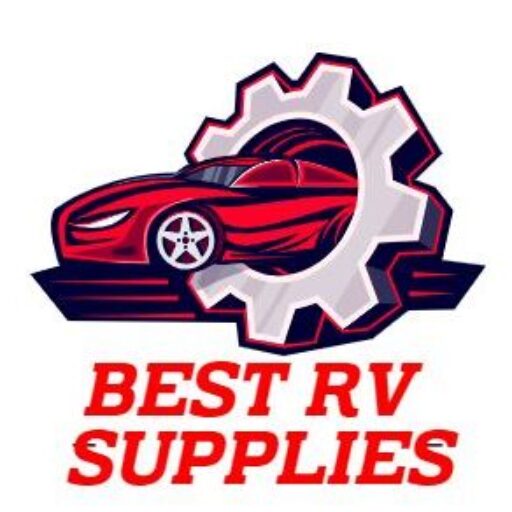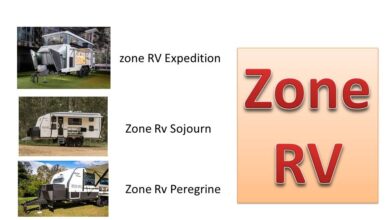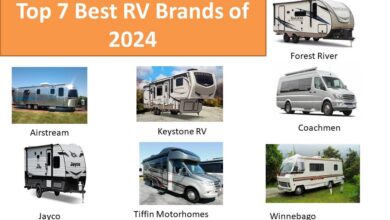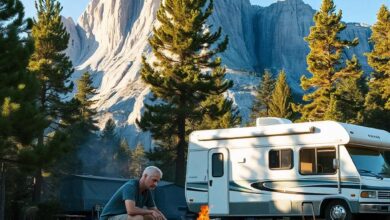How to Avoid Calcium Buildup in RV Hose?
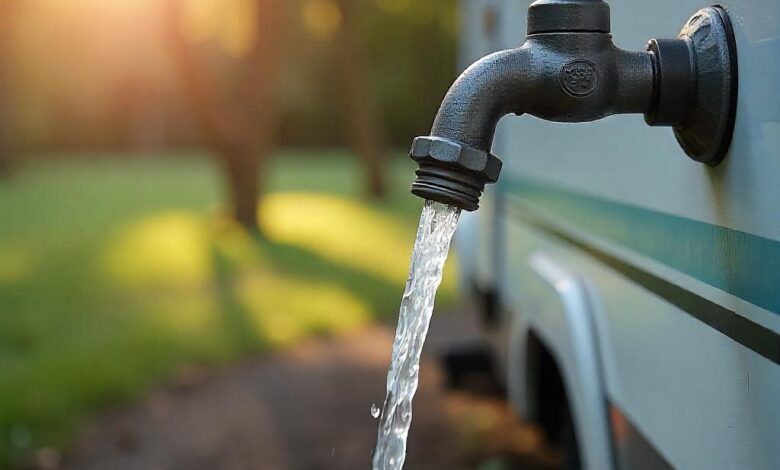
Calcium Buildup in RV hoses is one of the regular inconveniences for the owners of motor homes. This makes hard water a real problem if you have ever had to deal with slow water flow or white cling like deposits inside a hose. This means that with proper maintenance and storage you will not be shocked with bad water flow, and you will not have to replace pipes with calcium deposits.
As you read through the guide below, you will learn about the most important measures that will help you avoid calcium deposits in your RV hose. In this article, we’ll begin by explaining what causes issues with RV water systems, some ways to prevent those problems from happening, and some general practices for maintaining your RV’s water supply system in peak form.
Table of Contents
Understanding Calcium Buildup in RV Hoses
Calcium build up is usually established by hard water minerals that deposit themselves within the interior of the RV hose. These deposits can hinder water flow, cause a foul smell in water and become a health menace if not controlled.
| Cause | Description |
| Hard Water | Contains high mineral content, especially calcium. |
| Environmental Factors | Exposure to heat and sunlight can accelerate buildup. |
Why Calcium Buildup is a Problem in RVs
- Reduced Water Flow: Limescale can buildup and cause blockage of hoses bringing about low water supply.
- Potential Health Concerns: Calcium and other minerals dissolve in water modifying the taste of water you use for drinking and cooking.
- Maintenance Costs: If buildup is not attended to, hoses end up requiring replacement and repair works.
By understanding these challenges, RV owners can see the importance of taking proactive measures.
Choosing the Right RV Hose Material to Minimize Calcium Buildup
The right RV hose material can make a significant difference in reducing calcium buildup.
Materials That Resist Mineral Deposits
Choosing a hose that resists mineral buildup can save you both time and money. Here are some options:
- PVC and Rubber Hoses: PVC and rubber are a little difficult to attach minerals to them hence are easier to clean than the metals.
- Avoid Metal Components: Earthing or ground hoses and clamps tend to aggravate mineral deposits so it is better to select those hoses that are made of plastic or other non-conductive material.
Benefits of Using Filtered Water in RVs
Filtered water can help significantly in preventing mineral buildup.
- Pre-Filters: Before the water and minerals enter the system, they can be trapped by connecting a pre-filter hose.
- Inline Filters: Each of these filters clamp onto the hose and they filter out calcium and other minerals efficiently.
Water Filtration Systems to Prevent Calcium Deposits
Investing in a water filtration system is one of the best ways to prevent calcium buildup.
Inline Water Filters
These filters are easy to install and provide an immediate solution for filtering out minerals.
- Types of Inline Filters: Choose carbon filters, sediment filters, or multi-stage filters for optimal results.
- How They Work: Inline filters trap minerals as water flows through, reducing mineral content in your hose.
| Filter Type | Advantages |
| Carbon Filters | Removes impurities and improves taste. |
| Sediment Filters | Blocks large particles and minerals. |
| Multi-Stage Filters | Provides comprehensive filtration for RV water. |
Portable RV Water Softener Systems
Softener systems can help by reducing the hardness of the water, making it easier on your RV hose.
- Salt-Based Softeners: These remove calcium by exchanging it with sodium, effectively softening the water.
- Salt-Free Softeners: These crystallize calcium, preventing it from sticking to surfaces.
Installation and Maintenance Tips for Softeners
- Regularly Regenerate: Follow the manufacturer’s instructions to regenerate the softener.
- Use Compatible Salt Pellets: Make sure the salt you use is compatible with your RV water softener.
Regular Maintenance Tips for RV Hoses
Regular maintenance keeps your RV hose in optimal condition and minimizes calcium buildup.
Rinsing and Cleaning the Hose After Each Use
Simple rinsing after every use can go a long way in preventing calcium deposits.
- Steps to Rinse Properly: Run fresh water through the hose until all visible residue is removed.
- Common Mistakes: Avoid using high-pressure settings, as they can damage the hose.
Using Mild Cleaners for Periodic Deep Cleaning
Occasionally, use a mild cleaner to remove calcium and mineral deposits.
- Homemade Solutions: A mixture of vinegar and baking soda works wonders on mineral buildup.
- Frequency of Deep Cleaning: Aim to deep clean every three to four months, especially if you’re frequently camping in areas with hard water.
Proper Storage of RV Hose to Reduce Buildup Risks
How and where you store your RV hose can influence the likelihood of calcium buildup.
Tips for Draining and Drying the Hose
Leaving water in the hose after use can encourage mineral deposits, so proper draining and drying are essential.
- Thoroughly Drain After Use: Allow all water to run out before coiling up the hose.
- Avoid Moisture Accumulation: Store the hose in a dry location to prevent calcium buildup.
Importance of Using Hose Storage Bags
Storage bags help protect your hose from contaminants and calcium exposure.
- Preventing Contamination: Keeping your hose in a bag keeps it clean and reduces exposure to calcium particles.
- Benefits of a Cool, Dry Location: Always store the bagged hose in a place free from heat and sunlight.
Read Also : How to Replace RV Awning Fabric? : : How to Get Internet in an RV?
Essential Tools and Accessories to Reduce Calcium Buildup
Using the right tools can make calcium prevention easy.
Hose Filters and Pre-Filters
Pre-filters are excellent for reducing mineral content before water flows into your RV.
- Types of Hose Filters: Choose from sediment or carbon filters depending on your water quality.
- Choosing the Right Filter: Base your choice on the hardness level of your water.
Water Pressure Regulators
High pressure can exacerbate calcium buildup. A regulator ensures consistent pressure, reducing mineral deposits.
- Recommended Pressure Levels: Set the pressure between 40-60 psi to prevent damage.
- How Regulators Work: They control water flow into the hose, protecting it from high-pressure damage.
The Role of Water Testing in Preventing Buildup
Testing your water is key to understanding its hardness and treating it accordingly.
Regular Testing for Hard Water in Campsites
Always test campsite water to assess its hardness level.
- Using Test Strips and Kits: Affordable and easy-to-use test strips are ideal for detecting hard water.
- When to Use Softened Water: If the test indicates high hardness, consider using a water softener.
Adjusting Filters and Softeners Based on Test Results
If you encounter hard water, adjust your softener settings or replace your filter as needed.
- Interpreting Hardness Levels: Most kits provide a simple guide for understanding water hardness.
- Softener Settings for Optimal Performance: Adjust according to test results to maintain a balanced water composition.
Troubleshooting Common Calcium Buildup Issues
If you notice signs of buildup, here’s how to handle it.
Spotting Signs of Calcium in Your RV Water Supply
Be vigilant for any indicators of calcium in your water.
- Visual Indicators: Look for white residue on dishes or a cloudy appearance in water.
- Changes in Taste or Smell: Calcium-heavy water can have an off taste or odor.
Steps to Resolve Severe Calcium Buildup
If your hose is already clogged, take these steps to clear it out.
- Flushing Techniques: Run a mixture of vinegar and water through the hose to break down deposits.
- When to Replace the Hose: In cases of severe buildup, replacing the hose may be the best option.
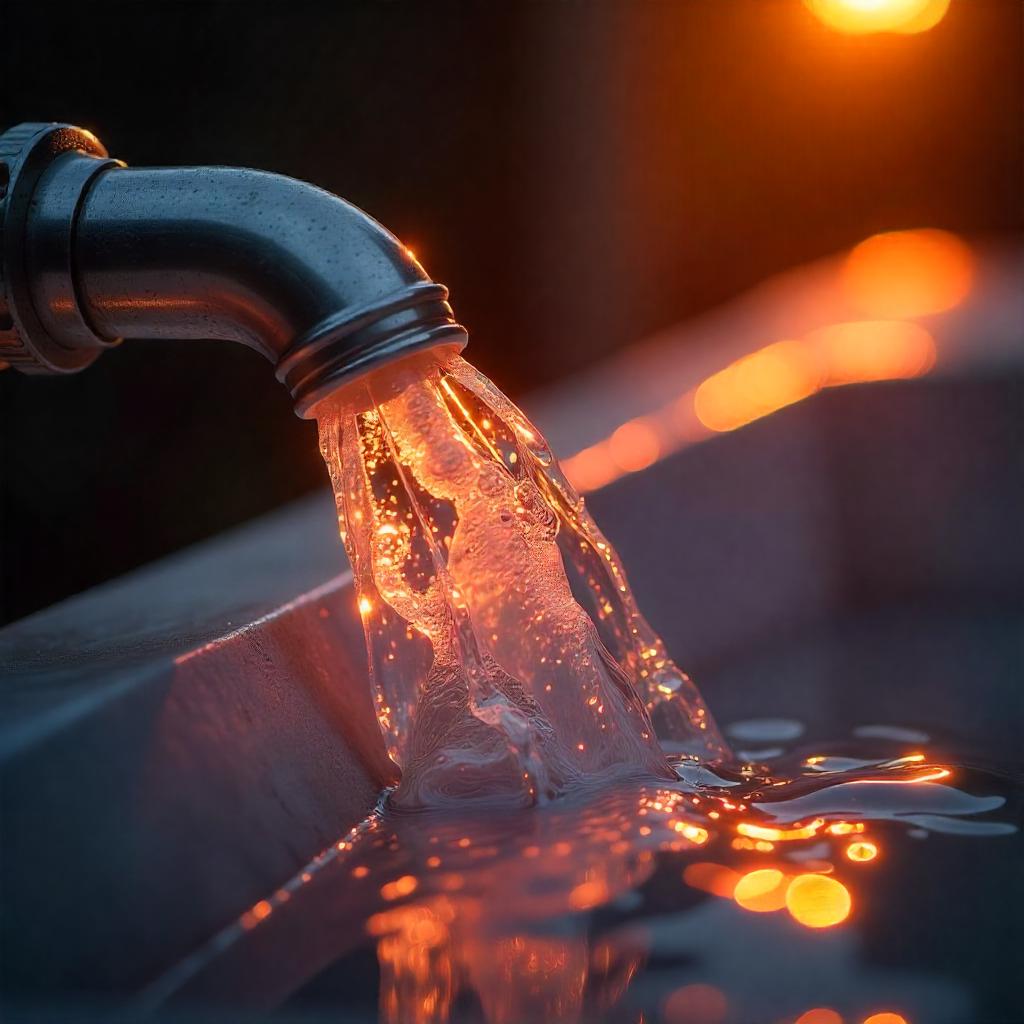
Tips for Long-Term Prevention of Calcium Buildup
By maintaining a few long-term habits, you can keep your RV hose free from calcium buildup.
Establishing a Maintenance Routine
Regular maintenance is key to preventing issues before they start.
- Filter Replacements: Replace filters every few months or as recommended.
- Cleaning Schedule: Establish a cleaning routine for optimal results.
Staying Aware of Water Quality at Campsites
Some campsites are known for hard water, so check reviews and plan accordingly.
- Water Quality Reports: Look for information from other RV owners about water conditions.
- Good Water Practices: Use filtered or softened water whenever possible.
Conclusion
Preventing calcium buildup in your RV hose may take some effort, but it’s worth it for the hassle-free water flow. By choosing the right materials, using filters, and maintaining a cleaning routine, you’ll keep your hose in top shape and avoid clogs.
